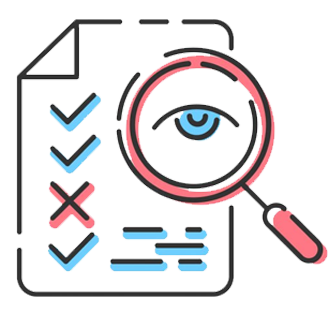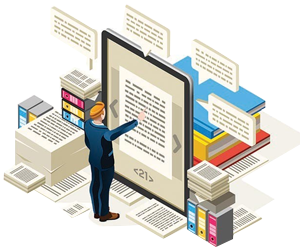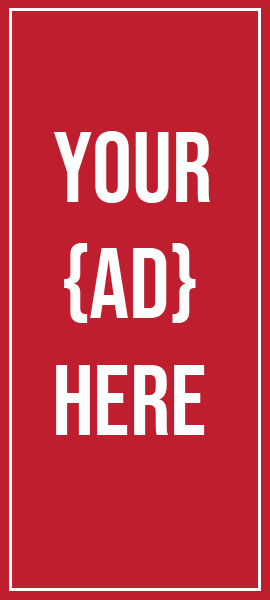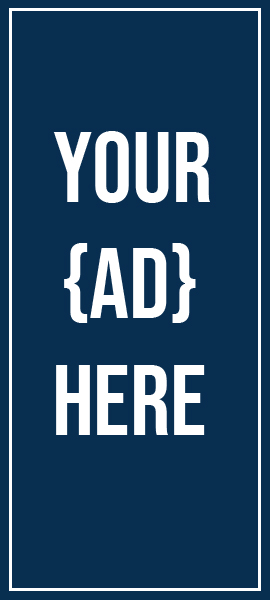
Proofreading and Fine-Tuning
Make sure you always proofread. You’ll never know if you’ve missed an out.
– Anonymous
The writing process does not end with getting the words on paper or on screen. You also need to review your work carefully and make sure that it’s free from errors. In this module, we will give you an overview of the processes of proofreading, peer review, and preparing a manuscript for printing and publishing.
A Proofreading Primer
Proofreading is the systematic check for spelling, punctuation, grammar, and typographical errors. It is different from editing, which is the checking for the accuracy, consistency, clarity, and organization of the written text.

Deliberate time and effort must be given to proofreading. Our minds can easily miss omitted words, incorrect spelling, or improper use of sentence structures unless trained to look for them. This happens particularly when we are proofreading our own work, or when we are familiar with the subject matter of the document.
Brief check
We think way faster than we can type. The gap between our thinking process and our typing makes it likely that we’d miss certain words.
Spell-check and grammar-check functions in word processing software are good ways to start the proofreading process. Note though that they are not reliable in spotting all errors. In fact, they may even consider correct usage as an error, so be sure to double-check!
Here are some tips on effective proofreading:
- Avoid proofreading immediately after writing. If possible, put the material aside for a few hours before starting the process. At the very least, shift to a ‘critical’ mindset before proofreading your own work.
- Go slowly, considering every word. Read what is actually on the page and watch if you’re filling in blanks!
- Look for one error at a time. You can start at different parts of the paper every time to avoid the negative effects of familiarity with the text.

How Peer Review Can Help
Peer review is the process of submitting your work to the scrutiny of another writer, an expert, or a fellow member of your team, with the goal of getting constructive feedback. Peer review can be done ‘blindly’, with the identity of the writers kept from the reviewer, or in a more open fashion.
Peer review benefits both the writer and the reviewer:
The writer gains insight on the quality of their writing, or at least how their work comes across to one reader. They also get advice on the strengths and weaknesses of their writing, from someone presumably working in the same context that they do. This advice can help them improve both present and future work.
The reviewer, on the other hand, gets to develop their proofreading and editing skills, which can help them in identifying and resolving their own writing issues.
It’s important that you choose carefully who would review your work. While a fellow team member — a peer— can already be effective in getting valuable feedback, not everyone is effective as a reviewer. If a reviewer does not have enough time to review your work, is biased towards an error, or even biased against you, then you might not get good feedback.
Printing and Publishing
A manuscript can look perfect on your computer screen or on your draft copy, but there’s no guarantee that the final printed or published version will be the same. It is important that you take time to anticipate printing and publishing issues when writing.
Here are some tips on printing and publishing your business documents:
Always check the ‘print preview’ (a function available in most word processing software) before printing a document. Make sure that all text, tables, and graphics are within the page margin and that the page is properly laid out.
Be careful when changing computers for printing purposes. Opening a document using different software, or an outdated software version, from the original, can result in formatting errors. This is the reason why many prefer to use portable data files (.pdf) for printing and publishing.
Check your publisher for guidelines on what quality of graphics, pictures, and clip arts you should use. Images of a low pixel count may not translate well on print, depending on the quality of the printer and ink.
To be sure, always have a print draft for review before making many copies. Typesetting can introduce errors in a text that weren’t there before. Autocorrect functions in word processing software can also introduce errors.
Formatting a Business Document
It’s natural to feel intimidated when faced with the task of formatting a business document. You may achieve a well-organized and professional-looking document with only a little bit of experience.
Brief check
It's possible that your organization has its own formatting style that it uses for its documents, such as a specific font or color scheme to utilize. In that case, the aesthetic of your firm should always take precedence over what you have learned.
Keep it simple
When handling important business topics, it may be tempting to format your document in a decorative and intricate fashion. However, the key to effective formatting is to keep it simple, even if your document’s subject matter is humongous and complex.
Simple formatting allows the content itself to be the focal point while making your document easy to read and navigate. After all, if the formatting is taking focus away from the content, it’s not doing its job.
Formatting basics
Simple and effective formatting begins with a few key tips that can be applied to virtually any business document:
Use traditional fonts, such as Times New Roman or Arial.

Left-align the text.
Use single-spaced paragraphs.
As you use these tips, remember to be consistent throughout your document. With several types of business documents out there, remember that each one may have unique formatting needs. For instance, business reports may require page numbers or a cover page, while a memo may require your company’s letterhead. Always keep the needs of your document type in mind as you format, and you will better serve your audience. Properly formatting a business document can make a big difference in the quality of your work. Take time to format and organize your message, and it will be professional, clear, and effective.
Practical Application
Jenny and Perry’s reports were complete, but they required one final step: proofreading. They realized they required a different point of view in order to complete the task successfully, so they discussed each other’s papers and carried out a peer review. Both of them identified some sections that were lacking in certain respects, and as a result, both of their reports were enhanced.
They ensured that the print preview was checked before printing out the documents so that they could be distributed. After realizing that his settings were incorrect, Perry quickly adjusted them so that they would print correctly. When the reports were sent in, they had been thoroughly proofread and printed out without a single error.





